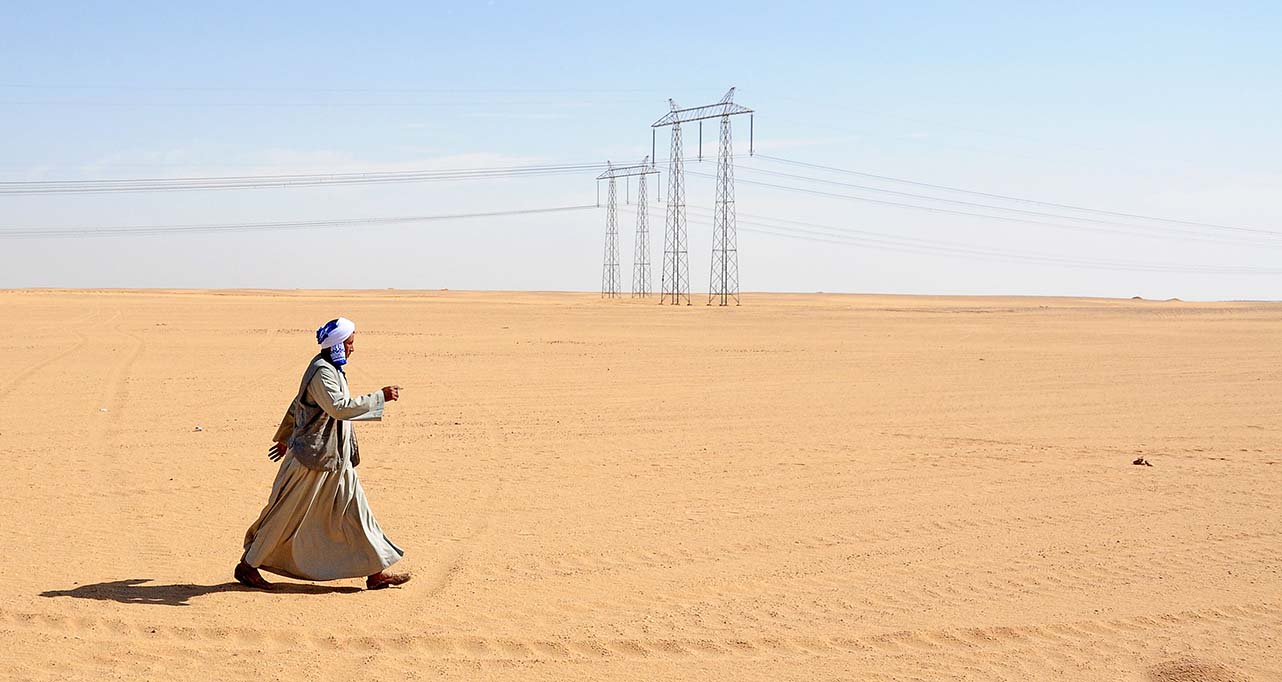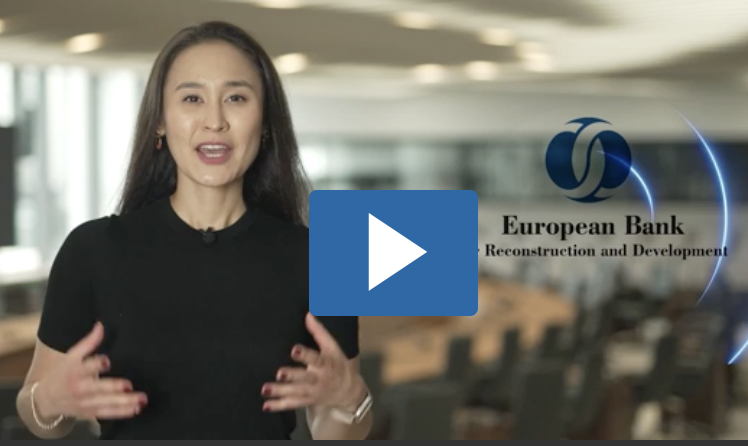Developments in the renewable energy markets
Six years ago, the International Energy Agency predicted that solar power prices would become competitive with traditional thermal power generation by about 2030. Prices have indeed declined, but it is the last 18 months that have brought a seismic shift.
In 2014, the EBRD financed its first US$ 75 million of loans under Jordan’s first photovoltaic (PV) development round at a feed-in-tariff (FIT) of 16.9 cents per kilowatt hour. By the second round, the best prices in the second round had fallen to between 6.13 – 7.66 cents - a price reduction of 60 per cent within 18 months.
The process has gone further still in 2016. In May bids for solar power fell to 2.9 cents per kilowatt hour at auctions in Dubai and Chile. Wind prices fell to 3.5 cents per kilowatt hour in Morocco. At these rates, both solar and wind power are already competitive with thermal power in some countries. We did not have to wait until 2030.
As senior banker Harry Boyd-Carpenter says: “these prices send two messages: first, renewable energy does not need to be a financial burden on consumers but can be thought of as just another competitive source of energy, and, second, that well managed competitive pressure generates efficiency beyond expectations.”
To support price competitiveness, the EBRD is driving policy developments. In Jordan, for example, it has been advising on the development of a renewable energy auction system and power purchase agreement which helps deliver bankable project documents and competitive prices.
While the southern and eastern Mediterranean (SEMED) region, with its wind and sun, is ideally placed to benefit from renewables, the EBRD is also working to create favourable conditions elsewhere, combining policy dialogue on renewables regulations with technical assistance and financing.
Kazakhstan and Mongolia are two examples.
After providing the Kazakh government with targeted technical assistance for drafting secondary renewables legislation, in 2015 the EBRD financed its first solar plant in the country under this new legislation. The Burnoye solar plant is the country’s first privately owned renewable energy generator in a sector that is still highly centralised, regulated and state-dominated. The project is the EBRD’s Sustainable Energy Project of the Year.
A second stage under discussion will add another 50 MW and two further solar plants – in a country where currently over 80 per cent of electricity is produced by coal-fired power plants built in Soviet times.
In Mongolia, the EBRD’s policy dialogue and targeted improvement of existing regulation builds on the achievement of a landmark first wind farm transaction at Salkhit four years ago. A second wind farm at Tsetsii has been announced this autumn – proof that of the effectiveness of the policy dialogue.
In some countries in central and eastern Europe, the financial crisis of 2008 brought in its wake policy shifts on renewables that undermined investor confidence.
However, the EBRD continues advising on developing a more sustainable, market-based regulatory regime and, where possible, stepping up policy dialogue to help decision-makers balance consumers’ need for affordability with the need to reduce high subsidy levels while regaining investor confidence in renewables.
The EBRD’s Integrated Approach to Polish Renewables is one example, as is our support, jointly with other international financial organisations, for Bulgaria’s government on energy sector reform.
Last year the EBRD began bold policy dialogue, under its new SEMED Private Renewable Energy Framework (SPREF), to speed development of private-to-private-renewable projects in north Africa.
Once most governments have introduced initial legislation allowing private renewable energy projects to produce and sell electricity directly to other private industrial companies, SPREF will support buyers.
This will allow private producers and industrial users to strike their own agreements to buy future electricity production at a contracted price. Projects will be able to attract capital from a wider range of investors without relying on state subsidy or public money.
In November 2015 the EBRD financed its first private-to-private renewable project, the 120 MW Khalladi wind farm in Morocco, together with Banque Marocaine du Commerce Extérieur (BMCE) and the Clean Technology Fund (CTF). The EBRD already has three more such projects in the pipeline.
What all this has brought so far to the green balance sheet has been impressive: the financing of 4.3 GW of renewable projects for a total of over €2.2 billion. Building on 2015’s strong results (€590 million of financing for 13 renewables projects), this year the EBRD’s Power and Energy Utilities team aims to sign renewables projects worth at least €300 million and bring in more than €900 million overall for the Green Economy Transition approach.



